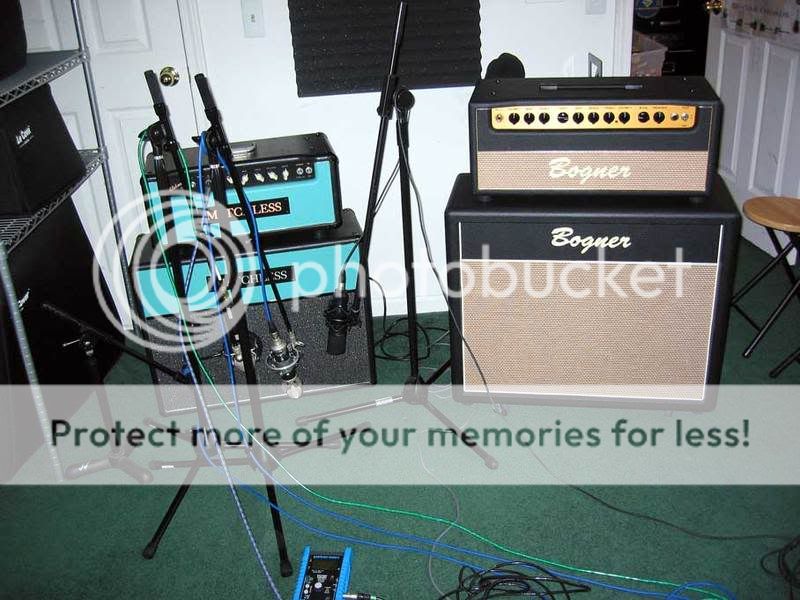InsideOut said:javajunkie said:InsideOut said:Please don't yell at me for asking, but is it possible to accomplish this with just Sonar 6 Studio and not have to purchase EnergyXT? I already have keFIR loaded in Sonar.
You can download the demo of voxengo's pristine space. The demo drops out briefly every 25 seconds, but you only need a couple of seconds to render.
kefir is free
voxengo boogex is free.
:lol: :lol: :lol: Sean, you quoted me saying I already have keFIR loaded in Sonar, and then told me I can download it for free
Unfortunately perfect space is not on Studio, only Producer.
I'd be eternally grateful (now that you guys made it so I can't stop thinking about it) for any guidance on how to do it. It appears I have all the tools necessary, I just don't know where to begin.
You can route the track to separate buses each bus can have its own instance of kefir. Be careful using stereo IRs they will sound very different collapsed to mono.
That was you can use the wav file the Andrew provided to convert them to IRs

